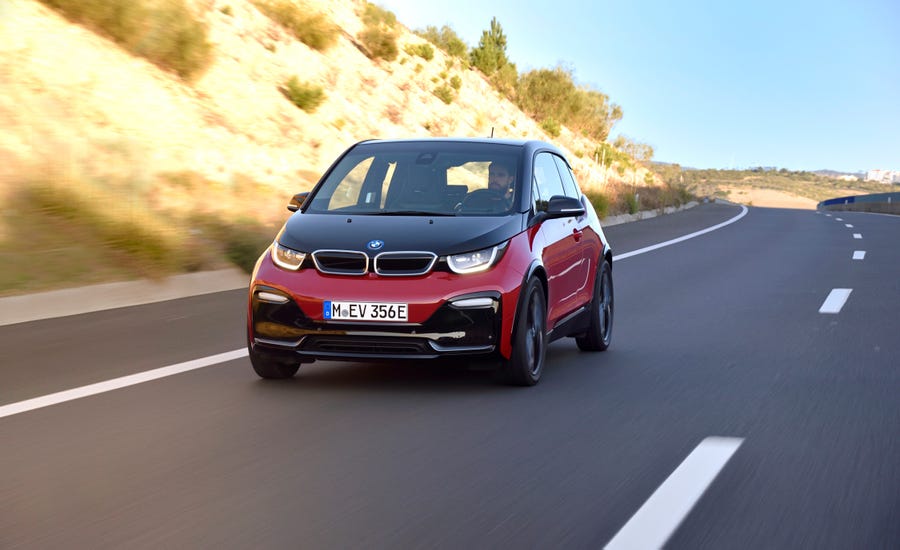The 2018 BMW i3s is filled with brilliant engineering. Its carbon-fiber passenger cell trips on an aluminum skateboard frame propelled by an electrical motor driven by a lithium-ion battery that may get yourself a range-extending boost from an optional two-cylinder engine. And yet nothing of that is up to now away from box since the cultural executive cooked into BMW's first electrical car. The 2018 BMW i3s interior manufacturers developed a Zen-inspired cabin to lull people in to a slower speed, in turn maximizing the battery's range. That philosophy also helps explain why the tall and slim runabout corners with all the eagerness of a telephone booth.
As wonderfully nice and original since the i3 is, consumers have largely resisted their pulse-slowing charms. In the United States, BMW offers only a hundred or so examples of the i3 each month, a convincing argument that several car consumers are seeking four-wheeled Zen. Therefore four decades in to the i3's existence, BMW is retrofitting some sportiness into—and an s badge onto—their electrical car with the 2018 BMW i3s. That new product, set to land in dealerships alongside a facelifted i3 that month, promises faster velocity and livelier handling.

2018 BMW i3s Interior
Speed increases as a result of an additional 14 horsepower and 15 lb-ft of torque versus the conventional i3. Simple off-the-line push is enabled by a 199-lb-ft torque plateau maintained from zero to 4500 rpm. BMW statements that fattening the energy and torque shapes over the rev range brings significant improvements in velocity times. We assume zero-to-60-mph times to decline from 6.6 to 6.3 moments for the battery-electric version. A brand new Activity operating function is distinctive to the 2018 BMW i3s model. Because the dampers are passive models, Activity function does not have any effect on drive quality, but it will produce the steering somewhat weightier. More apparent is how it remaps the accelerator pedal's tip-in to be unnaturally peppy.
For a $3850 advanced, the i3s may also be fixed with the two-cylinder gasoline range extender which allows the BMW to help keep moving following the battery is depleted. That car must hit 60 mph in 6.9 seconds. The more rolling resistance of the bigger wheels probably will dimple efficiency and range for both models. While BMW hasn't unmasked the official figures, we don't assume the EPA-rated range to change significantly from the 2017 battery-electric model's 114 miles.
2018 BMW i3s Exterior
Broader wheels are the cornerstones of the 2018 BMW i3s improvements, although don't confuse that with “wide tires.” These wheels are roughly as wide as these on the cheapest subcompact cars, measuring only 175/55R-20 in front and 195/50R-20 at a corner, creating them significantly bigger compared to normal i3's 155/70R-19 plastic at all corners. The newest wheels fill in the wheel wells for a more stable-looking stance and raise the vehicle's track by 1.6 inches.
The 2018 BMW i3s also trips on stronger springs, dampers, and anti-roll bars, with your body lowered by 0.4 inch in contrast to the conventional i3. The drive quality is effectively coordinated to modern highways, even though the ancient stone-and-brick straight back alleys of Lisbon, Portugal, triggered heads to shake and bob. Corners are achieved with substantially flatter human anatomy activities, but a parking-lot cone class put up by BMW proved the vehicle is forget about keen to show in. It's showing that the tight gymkhana held rates below 25 mph. The i3s's small proportions lend it a low-speed nimbleness but do nothing for high-speed stability. And even if they're bigger, the i3s's wheels are exactly the same low-rolling-resistance Bridgestone Ecopias as these applied to the normal i3, and their relatively minimal restricts suggest hustling the Readmore